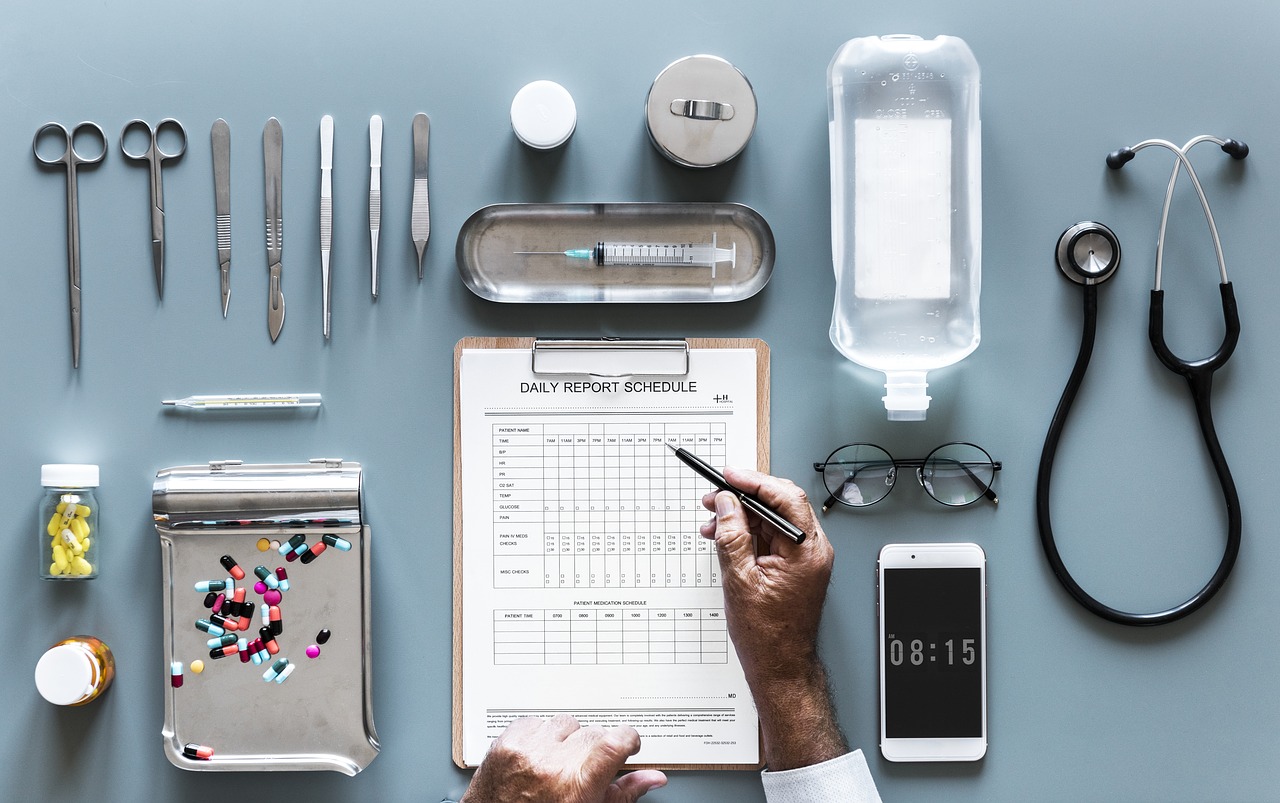The medical diagnosis chronic hyperventilation

This article was written by Ph. D. B. Snitslaar, neurologist, in the 80’s associated with the Phobias project of the Department of Personality Studies of the sub faculty of Psychology at the University of Amsterdam. Later he was employed by the Common Medical Service, Research and Development department, Research section. Although many medical terms are used in this article, it can still provide good background information. Even if you are not a medical doctor and are interested in more accurate information about chronic hyperventilation syndrome, the medical articles on this site may be of interest to you.
As with any medical examination, the anamnesis is also of great importance in the medical diagnosis of chronic hyperventilation. For both specialists and general practitioners. Moreover, adequate attention must be paid to psycho-social factors. Almost without exception, the sufferers of chronic hyperventilation present a stereotypical image during the anamnesis.
Symptoms caused by chronic hyperventilation
For a full list of symptoms, see the article about the symptoms. These symptoms, particularly in certain situations, determine the subsequent phobic symptoms. These should be seen as an acute exacerbation of chronic hyperventilation. Some patients wake up at night (dream?). Others get it while sitting quietly in front of the TV after a period of action. But the majority of those involved refer to classic situations such as a store full of people, the queue at a supermarket, full trams or buses, elevators, tunnels, crowds in cinemas and theaters.
Patients with a phobia hyperventilate chronically
This was our experience on ‘the Phobias’ project of the Department of Personality Studies of the Subfaculty of Psychology at the University of Amsterdam. Most of the patients who report with phobia (usually claustrophobia), turned out to have chronic hyperventilation with exacerbations in the phobic situations.
The possibility of further adequate research and treatment reduced
Lum also noticed the reverse. Namely that most of the many hundreds of patients with hyperventilation he has studied are, to a greater or lesser extent, suffering from phobic fears. I also have to mention the sometimes strongly pronounced hypochondriacal fears. These fears usually manifest – just like the phobias – in connection with (so after) the first major hyperventilation attack. These are often obvious hypochondriac preoccupations that lead to labeling with ‘nerves’ or ‘hysteria’. This reduces the possibility of further adequate research and treatment.
The person concerned powerfully controlled or repressed expressions of frustration, anger and / or grief
Not only do the phobic and hypochondriacal fears usually arise as a result of (at least in connection with) the first clear exacerbation of the – then often still early – chronic hyperventilation. But when we look at the anamnesis carefully, we see that a longer period of psycho-social stress has usually preceded the first clear hyperventilation attack. The person involved has powerfully controlled or repressed his or her expressions of frustration, anger and / or grief.
Deze mensen decompenseren pas zodra zij zich niet meer goed hoeven te houden. Dus zodra de periode van voortdurende stress heeft opgehouden te bestaan. Dit is van groot belang wegens de consequenties die dit voor de aard van de behandeling kan hebben. Het vormt een rechtvaardiging voor de primaire behandeling van actuele klachten en verschijnselen. In plaats van bemoeienis met ethologische momenten.
Striking features in physical and neurological examination
It also appears that decompensation occurs repeatedly when the patient can indicate a somatic cause (without any loss of face) for this (for which he has no ‘fault’). Characteristic for this is the collapse after a flu. Or a simple operation with narcosis, a light commotio cerebri. In general physical and neurological research the following applies:
- the patient makes, behind a façade of normality or health, a remarkably inhibited, tense, uncertain, and / or anxious impression
- he or she sighs remarkably often and deeply. Here the sighs are often hidden in the speech
- the respiratory pattern is irregular
- the abdominal / diaphragmatic respiration has been replaced by a predominantly thoracic shape, with the characteristic ‘sternal lifting’
- the skin is clammy, the hands, but especially the armpits, often wet
- there is a dermographia rubra et alba
- in women red flushes often occur across the neck and front chest wall
- the heart rhythm often shows an excessively pronounced respiratory arrhythmia
- especially in women, the hands (and feet) are often cold and red / purplish discolored
- blood pressure and pulse frequency are often higher than with healthy people
- the reflexes are usually very lively
- often a Chvostek reflex can be easily induced
- we see a (now characteristic) fluttering of the eyelids when standing with closed eyes (test by Romberg), called ‘hysterical fluttering of the eyelids’
- in the top-nose test there are tremors with mainly an intentional increase

 diagnosis missed
diagnosis missed research findings
research findings